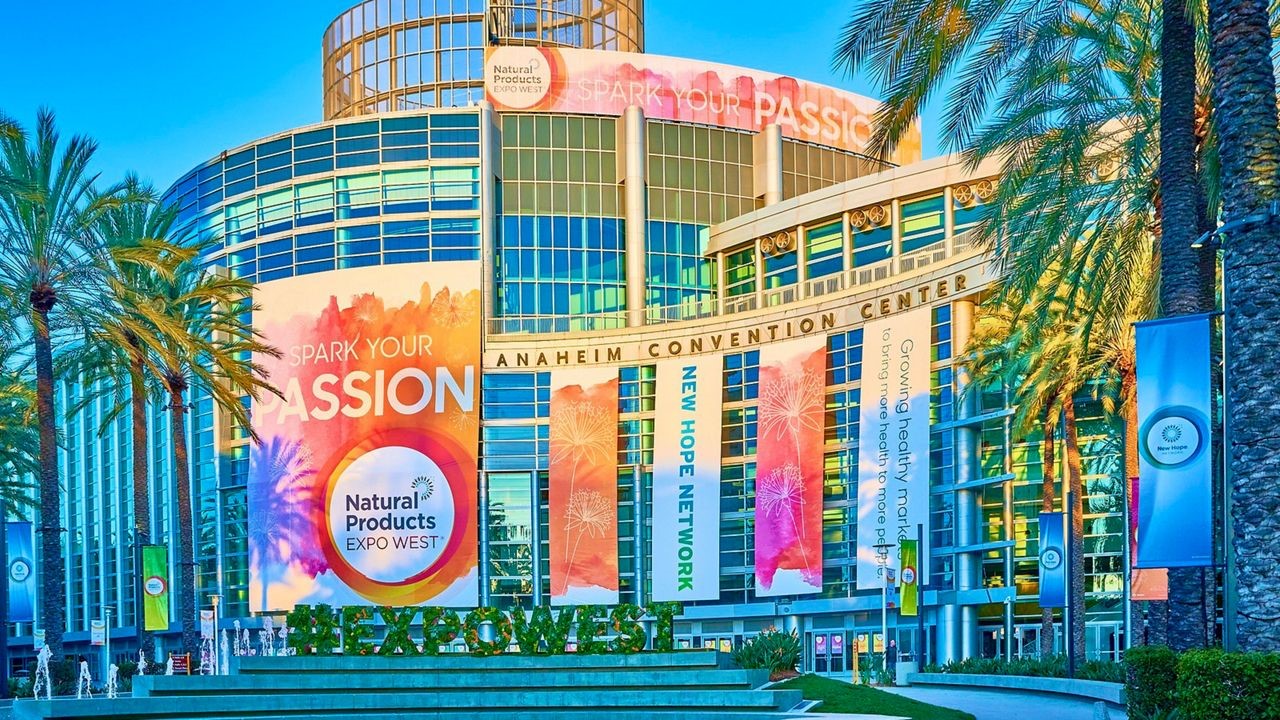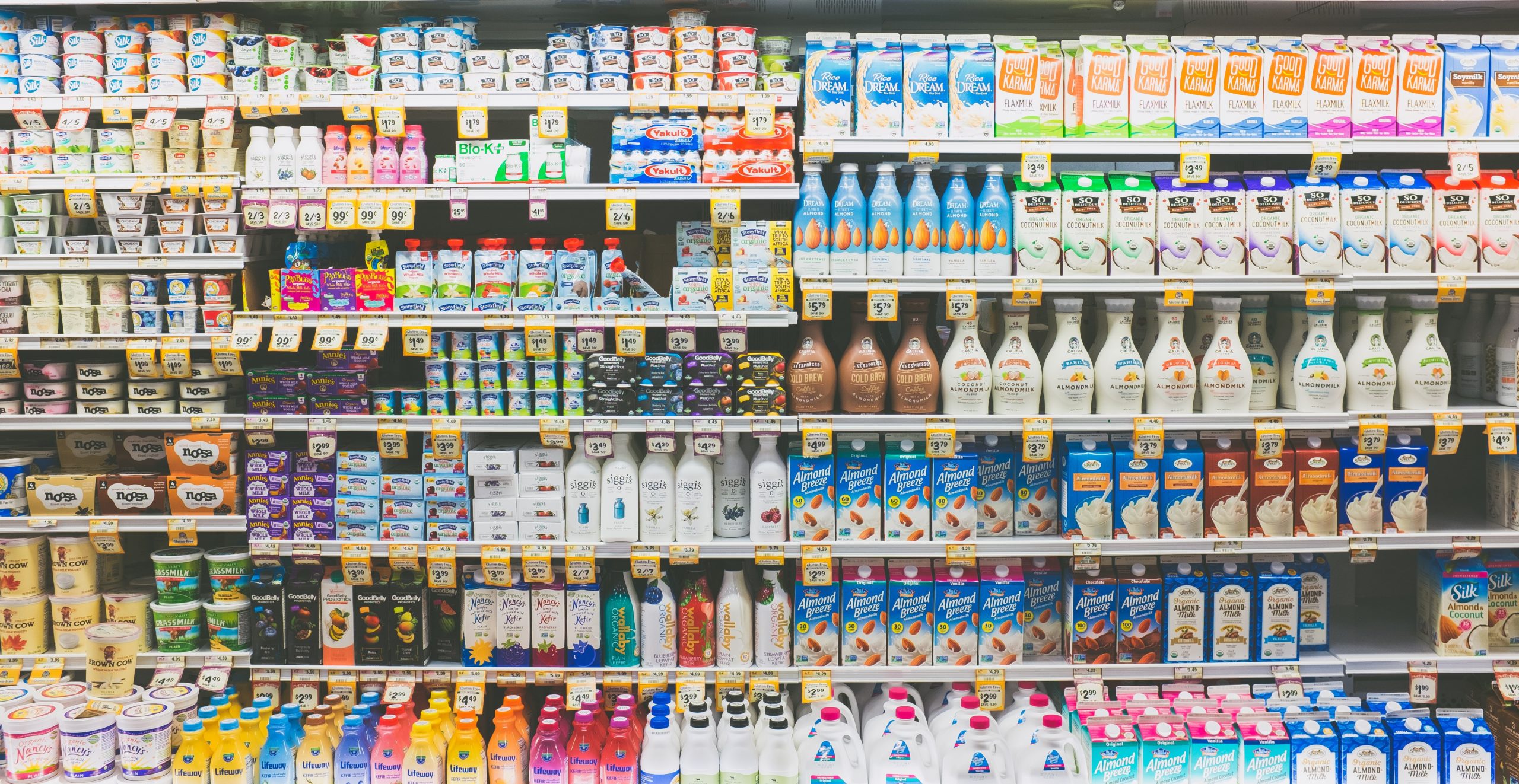Moving From Natural and Artificial to Natural Flavor
Flavors run the gamut from natural to artificial, and sometimes a mixture of both. However, as we dive into the differences between the two, we will talk about why—in some cases—they are necessary to achieve a flavor profile and how you can move from natural and artificial to natural flavor.
What Is Natural Flavor
As we mentioned in our overview of food labeling, the term “natural flavor” refers to “the essential oil, oleoresin, essence or extractive, protein hydrolysate, distillate, or any product of roasting, heating or enzymolysis, which contains the flavoring constituents derived from a spice, fruit or fruit juice, vegetable or vegetable juice, edible yeast, herb, bark, bud, root, leaf or similar plant material, meat, seafood, poultry, eggs, dairy products, or fermentation products thereof, whose significant function in food is flavoring rather than nutritional.”
But, what does that really mean? In an article by Bon Appetit, they describe the necessity of natural flavoring with the example of passionfruit. Flavorist, Dana Gasiorowski, explains, “To create a passionfruit-flavored product with actual passionfruit […] flavorists would need to consume a quarter of the world’s passionfruit supply. That’s not cost-effective.” So, instead, a flavorist will find natural flavors that compose the same flavor result—for example, taking molecules from grapefruit, pineapple, orange, and more to achieve that taste. It might seem, when choosing a product in the store, that something made of natural flavor is from the same plant of the fruit or veggie on the label, but as flavor chemists work to find the best solutions, they often use multiple flavors, as in the previous example, to provide the perfect mix for you.
What Is Artificial Flavor
“Artificial flavor” is any substance used to impart flavor on a product that is not “derived from a spice, fruit or fruit juice, vegetable or vegetable juice, edible yeast, herb, bark, bud, root, leaf or similar plant material, meat, fish, poultry, eggs, dairy products, or fermentation products thereof.” When something is artificial, it is generally created with multiple chemical compounds which end up tasting like the ingredient they are trying to mimic (or even enhance an ingredient). Besides the compounds coming from artificial sources rather than natural sources, there isn’t a huge difference between natural and artificial flavors.
Is Artificial Flavor Bad For You
At first glance, you may think anything artificial is inherently bad. However, everything we eat, touch, and see is made out of chemical compounds. A flavor chemist can take something we eat and match its flavors to these compounds, testing and iterating at every step until the desired flavor profile is reached. While a single “artificial ingredients” phrase on an ingredient list can consist of several compounds, it should be noted that most of these are added for flavor rather than nutritional value. Trends show consumers pushing, for ingredients derived from natural flavors only.
Converting To A Natural Flavor
To convert to a natural flavor, our flavorists study your desired flavor profile, shelf-life, heat sensitivity and more to see which natural flavors are right for your product. Our team is here to support you as you make these shifts, keeping your end goals in mind. Contact us today to become partners in flavor development or to add support and resources for your brand.
Flavor Insights believes this information to be correct. No warranty, guarantee, or representation is given or made in respect to the information provided. Flavor Insights is not in a position to validate the actual production or labeling of products. Flavor Insights recommends that all finished product labeling be reviewed by legal counsel, and finished product and label claim testing be confirmed to ensure product label accuracy.



